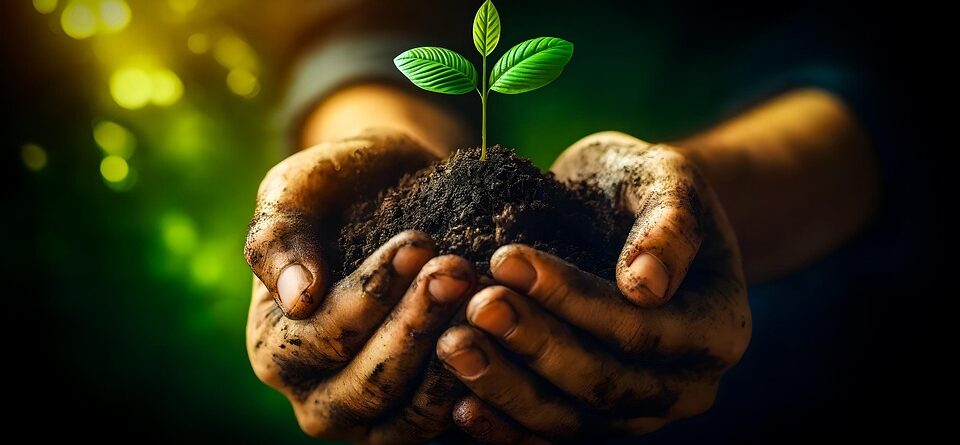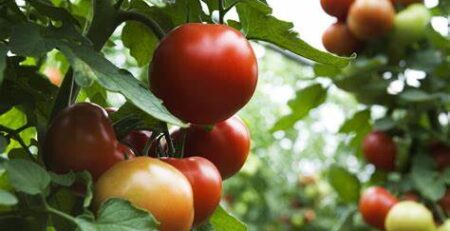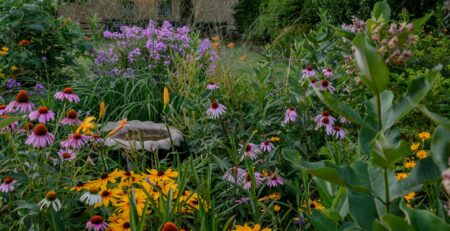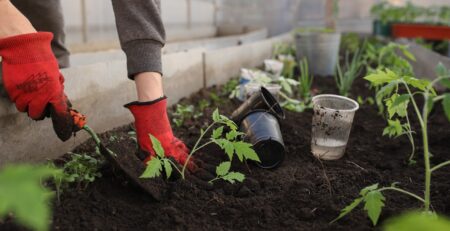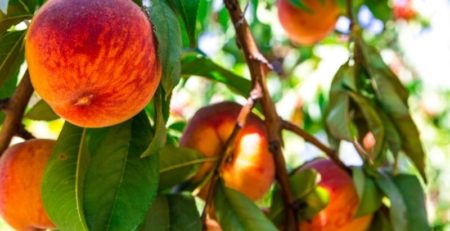Why is adding Organic Matter to the Soil Important?
Think of soil as a work in progress. Initially, soils form from the interactions between a parent rock material, the weather, and the activity of living organisms in the environment. The average soil is roughly 45% mineral, 25% air, 25% water and 5% organic matter. This organic portion of the soil plays an important role in overall soil fertility.
In a natural ecosystem, matter constantly cycles through the soil. As living things die, microorganisms in the soil break down the remains of plants and animals through the process of decomposition, This process releases nutrients back into the soil where they become available for continued plant uptake. In addition to serving as a reservoir for plant nutrients, soil organic matter also functions to improve soil structure, increase soil water holding capacity and improve aeration. Some organic matter is naturally lost from the ecosystem due to leaching, erosion, or as gases that escape into the atmosphere. Soil organic matter has a tendency to build when soil is occupied by vegetation and not disturbed.
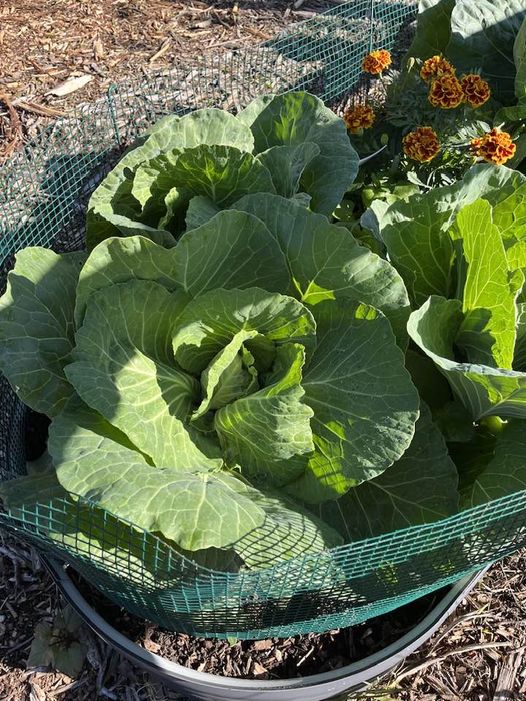
Agricultural processes can disrupt this cycle. Removing crops from the system removes the nutrients stored in the plant material. Removing living roots from the soil deprives microorganisms of food and habitat. Removing crop residues leaves bare soils, which are subject to erosion by wind and water. Extensive tilling of soil releases organic matter into the atmosphere in the form of C02. The end result is less organic matter, less microbial activity, less nutrient cycling and a potential decrease in soil fertility.
Fortunately, there are many ways to preserve and replenish organic matter that is lost through cropping. One approach focuses on keeping as much plant material on site as possible. Crop residues such as leaves, stems and roots can be left after harvest to break down gradually over time. Plant roots in particular, are known to help stabilize soils and provide a hospitable environment for soil microorganisms. Cover crops can be grown in the off season and then cut down and worked into the soil. Leguminous cover crops have the added benefit of capturing nitrogen from the atmosphere and converting it for plant use.
A second approach to increasing organic materials is to import materials from outside the garden. The quickest increases in soil organic matter are obtained by applications of compost or semi-solid manures, but other garden practices can also have an impact. Mulches from plant-based sources can protect the soil from erosion and will eventually break down into organic matter. Commercially prepared organic fertilizers consist of naturally occurring organic materials that have been processed in a way to provide a specific quantity of a desired nutrient. As the product breaks down, nutrients are released in the same way they would be in a natural ecosystem.
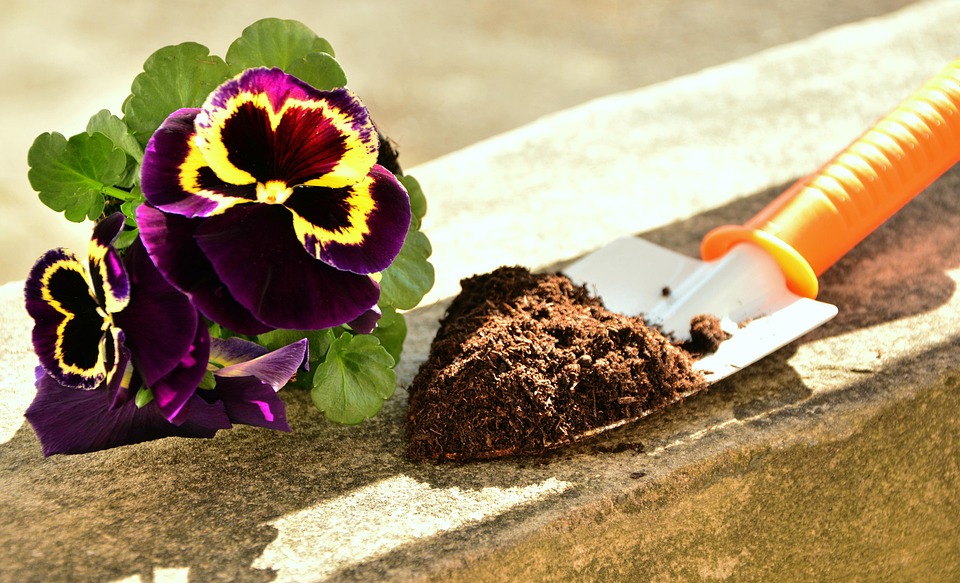
Can you have too much organic matter?
Research shows that it is possible to go overboard adding organic products. High volumes of manures can contribute damaging levels of salts, and overapplication of compost can create nutrient imbalances in the soil that can affect plant growth. For recommendations on using compost and manures, see:
Other resources on building soil organic matter:

